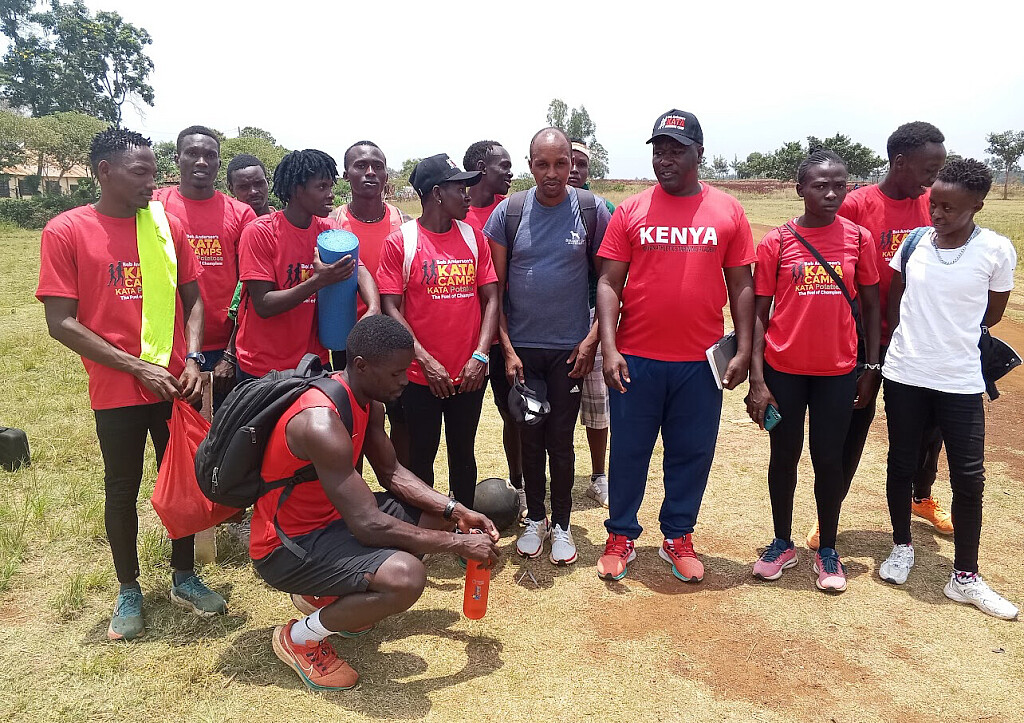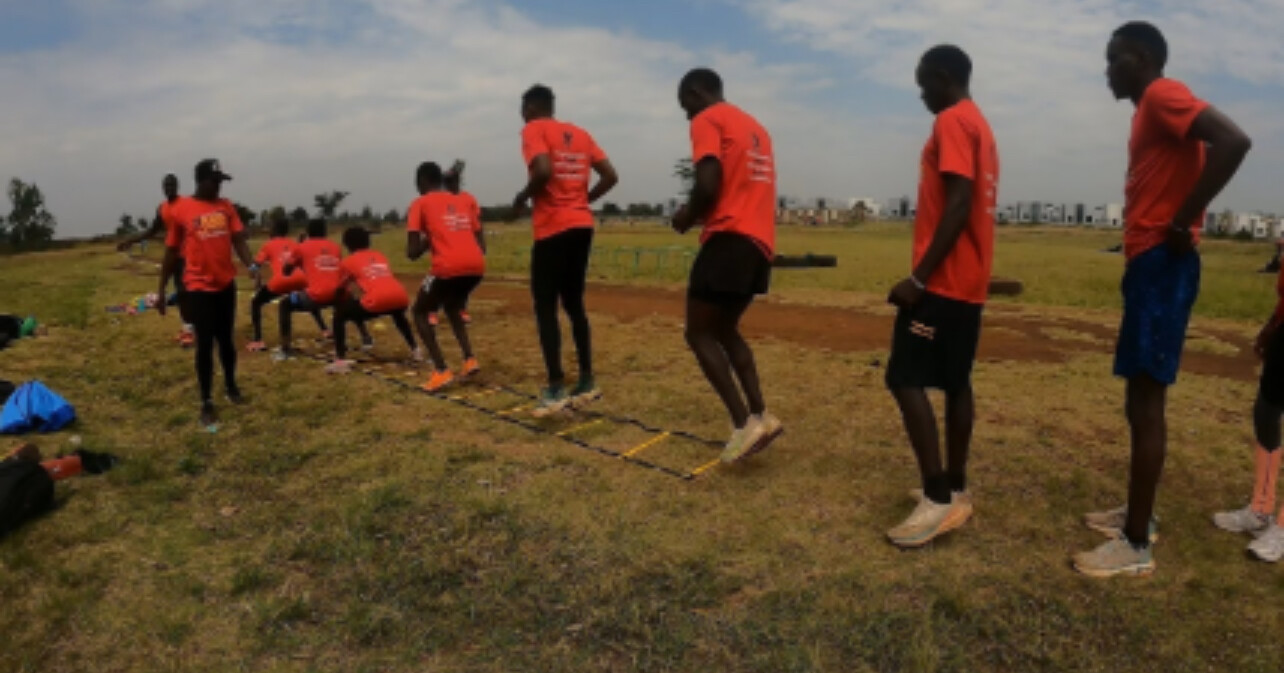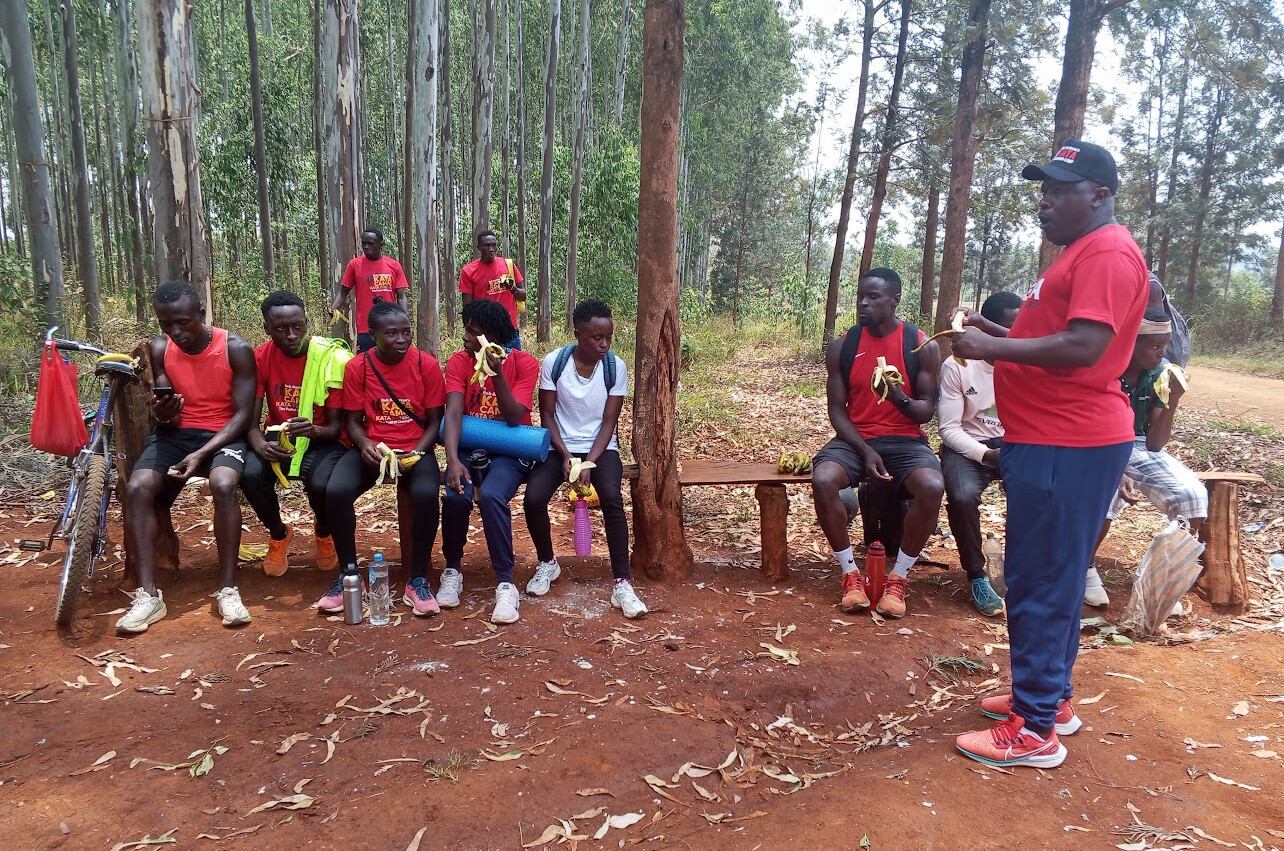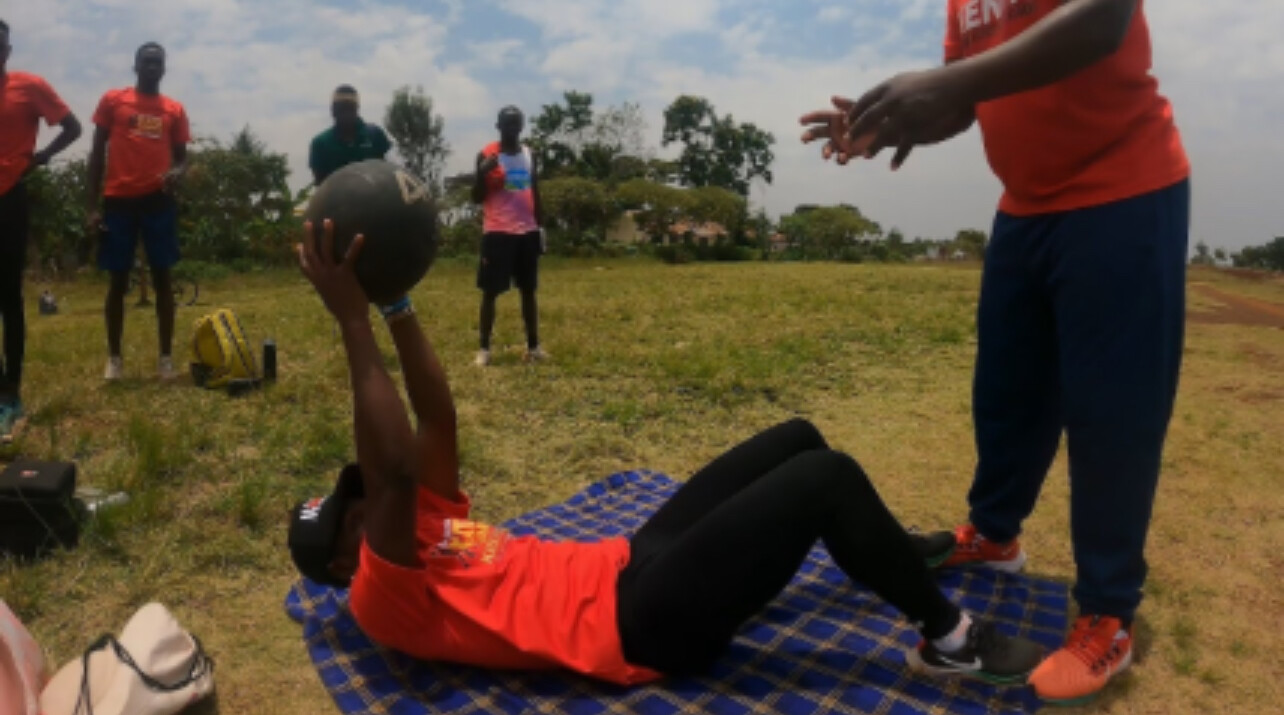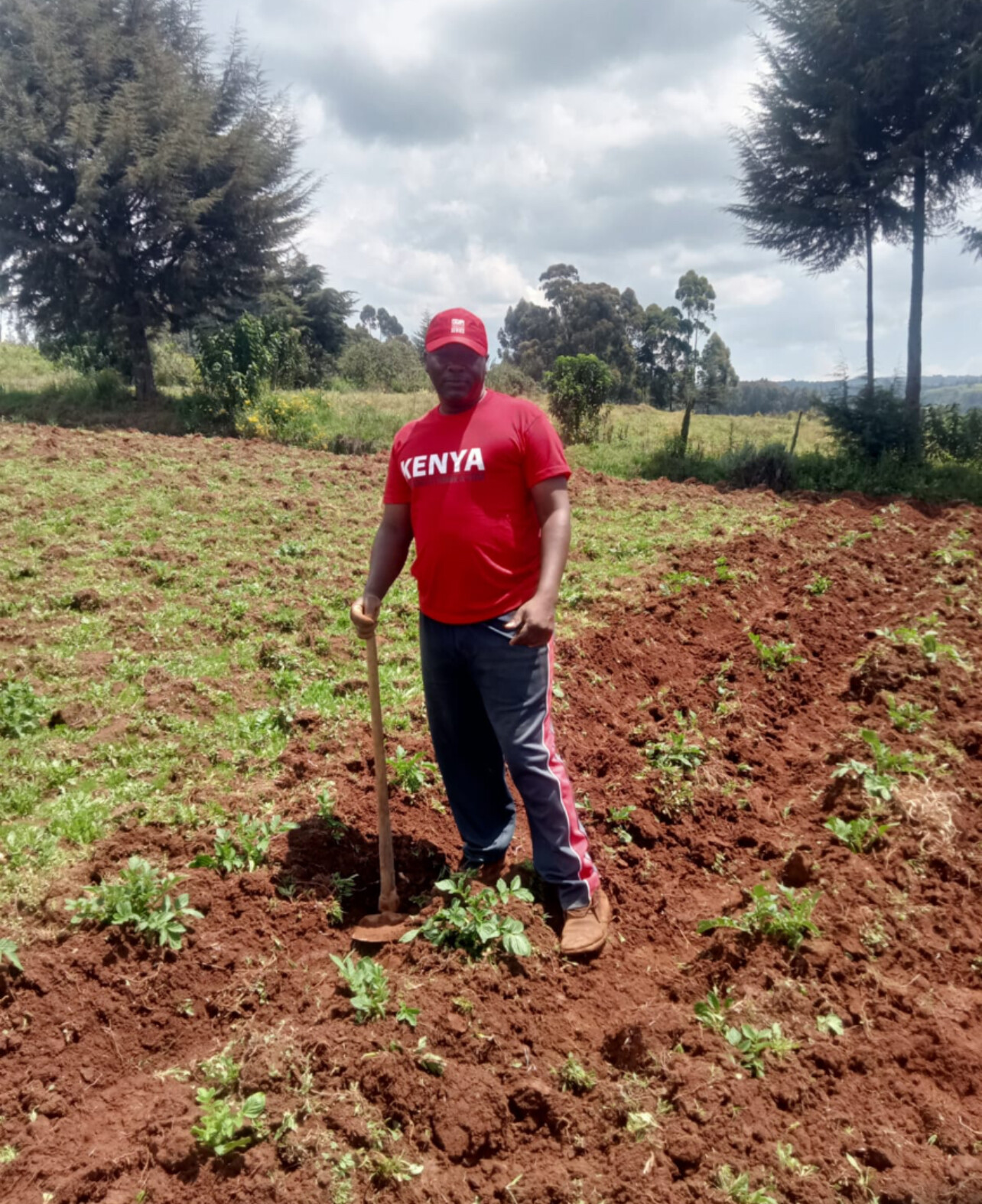KIAMBU, Kenya - On a crisp morning in Kamiti, Kiambu County, 16 miles northeast of Nairobi, the dirt track at Kamiti Maximum Prison comes alive with the rhythm of pounding feet, shrill whistles, and sharp instructions. At the center of the action stands Coach Julius Migwi, eyes locked on the group of young sprinters wearing red shirts with the Kenya Athletics Training Academy (KATA) Sprint Camp logo. Stopwatch in hand, Migwi scans every drill and explosive burst over 100 meters.
A Coach’s Mission
A former sprinter whose career was cut short by a tendon injury in 1998, Migwi recalls the lack of resources in his day. “We had no smart shoes, and sometimes we ran barefoot. There was no science,” he says. His personal best of 11.00 seconds in the 100m left him hungry for more—but instead of walking away, he turned that hunger into a mission: raising sprinters who could go beyond what he achieved.
“This is where we train,” Migwi says, pointing to the uneven murram track. “I focus on athletes between 16 and 20 years old because they have the greatest room to grow. My dream is for them to achieve what I could not.”
That dream has faced hurdles of its own. Their makeshift equipment includes hurdles fashioned from plastic pipes, an old tractor tire for sled work, and just one shared starting block. Inside the camp’s small kit box lie two massage guns, shared by everyone. When rain turns the dirt track unusable, the group must travel to Nyayo Stadium, Ulinzi, or Kasarani.
Yet, passion outweighs the obstacles. “If Kenya supported sprinters the way it supports distance runners, athletes like Doreen Waka, Clinton Aluvi, Omanyala, and so many youngsters would thrive,” Migwi says. “With proper facilities, Kiambu could become the home of Kenyan sprinting.”
Building Athletes from Scratch
Migwi has already unearthed promising talent. Among those he scouted are Fresha Mwangi, Peris Wairimu Chege, hurdler Gladys Ngure, and his current star pupil, Doreen Waka—Kenya’s fastest female sprinter over 100m in 2025.
Waka’s determination is unwavering. “Missing the team for the World Championships in Tokyo was disappointing, but I keep my eyes on the Commonwealth Games,” she says. “With the right support, I know I can break 11 seconds.”
Behind the scenes, KATA founder Bob Anderson has played a critical role. Known globally as the American running visionary behind My Best Runs, Anderson covers the camp’s rent, helps provide meals, and funds side projects like potato farming to ensure sustainability. “Rent and daily meals are the biggest setbacks for sprinters,” Migwi explains. “Bob’s support allows the athletes to focus fully on training.”
The impact is clear. Moses Solonka, 20, from the pastoral Maasai community of Kajiado, says: “Without this camp, I’d probably be herding livestock, especially during droughts. Here, we don’t have to worry about food—we can concentrate on training. I see myself representing Kenya soon.”
Voices of the Next Generation
The camp is filled with similar stories of transformation.
• Peterson Matu Miano, 20, once devoted to soccer, now says, “With KATA’s system, I’ve improved so much. The discipline and coordination here are amazing. I now want to dedicate myself fully to sprinting.”
• John Kinoo Munguti, 19, discovered his sprinting talent in high school after playing rugby and soccer. “I look up to Zablon Ekwam. My goal is to hit 10.30 in the 100m and make Team Kenya.”
Migwi beams with pride recalling Waka’s appearance at the Kip Keino Classic: “Seeing her on the line with international stars showed me this stage is possible for our athletes.”
A Community Effort
Among the sprinters is Antony Owino, who also serves as an assistant coach. Having endured similar struggles, Owino knows the value of mentorship. “It’s not just about speed. These youngsters need guidance in discipline and mindset,” he says. “We’re shaping athletes both on and off the track.”
The Bigger Picture
Migwi believes Kenya’s sprinting potential has long been overlooked. “We’re celebrated for distance running, but sprinting has the same promise,” he insists. The unfinished Kirigiti Stadium nearby is a constant reminder of what’s lacking. “If county governments completed facilities like this, we’d not only produce champions but also engage more youth positively.”
For now, the KATA Sprint Camp relies on resourcefulness and shared dreams—plastic hurdles, a dusty track, and two massage guns. But Migwi’s vision stretches beyond medals.
“I want to push these youngsters to achieve what I couldn’t,” he says, watching Peterson, John, Moses, and Doreen laugh between sprints. “This is more than training. It’s giving them a future.”

